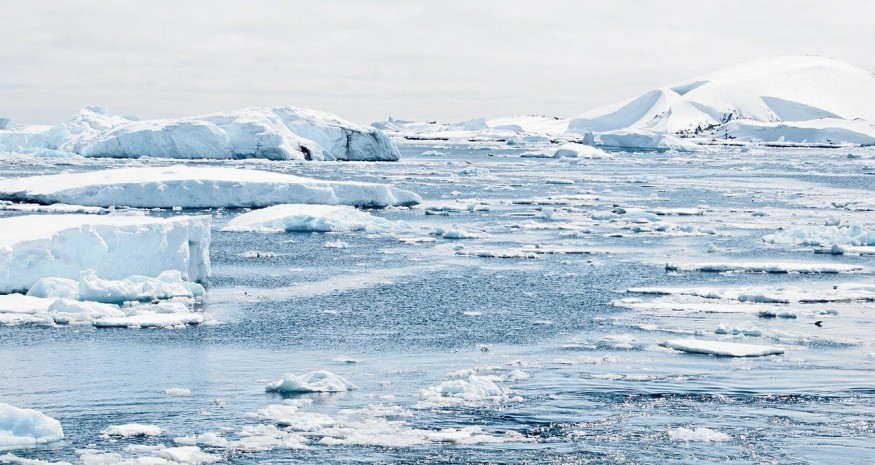As the planet's polar ice caps start to melt, it increases the sea level and changes the planet itself. Researchers of a new study reported that it slowly deformed Earth's crust in the immediate area and far-flung locations.
The team noted that their new research, titled "The Global Fingerprint of Modern Ice-Mass Loss on 3-D Crustal Motion," published in Geophysical Research Letters, provides a potentially new way to monitor changes in the world's ice mass.

Melting Polar Ice Caps is Shifting the Earth
According to Mitechnews.com, recent research showed that the melting of polar ice caps, specifically from Greenland, Antarctica, and Arctic Islands, is shifting the levels of the oceans and changing the planet itself. Experts estimate that the melting polar ice caps dissipate thousands of miles of the Earth's crust beneath these landmasses are dissipating.
"Scientists have done a lot of work directly beneath ice sheets and glaciers," the news outlet quoted the newly minted Ph.D. Sophie Coulson. She added that they previously thought that it could change the region where the glaciers are. However, they did not expect that it could be global in scale.
Coulson and her colleagues analyzed satellite data on the melting polar ice caps from 2003 to 2018 and studied Earth's crust. Then, they measured the shifting pattern of the crust horizontally.
Their research, which was featured in an article in Nature, revealed that some parts of Earth's crust were moving horizontally instead of upward. The article also pointed out the surprising extent of the shift. The team said that their research could help future studies and other researchers develop a new way to monitor the changes in the ice mass, particularly in the polar regions of Earth.
Melting Glaciers, Ice Sheets Could Change Earth's Axis and Rotation
NASA explains that Earth's rotation on its axis is not uniform because it varies by up to a millisecond per day. Similar to how a figure ice skater's body would rotate faster when their arms are brought closer to the body, the space agency said that the speed of the rotation of Earth would also increase if its mass is brought to its axis of rotation.
Then when its mass is removed from its axis, its rotation will also slow down. Melting polar ice caps or glaciers will change the planet's rotation if the meltwater flows to the ocean. Conversely, there will be no net movement of mass and change in Earth's rotation if meltwater remains close or trapped in its source.
For example, the global sea level could rise by around 23 feet and would make Earth's rotation slower, resulting to longer days by two milliseconds if the Greenland ice sheet would completely melt and the meltwater would flow into the oceans.
On the other hand, NASA said that there would be no change in sea level and Earth's rotation if the Arctic ice cap would melt because the ice displaces its volume.
Check out more news and information on Earth Science in Science Times.
© 2025 ScienceTimes.com All rights reserved. Do not reproduce without permission. The window to the world of Science Times.









